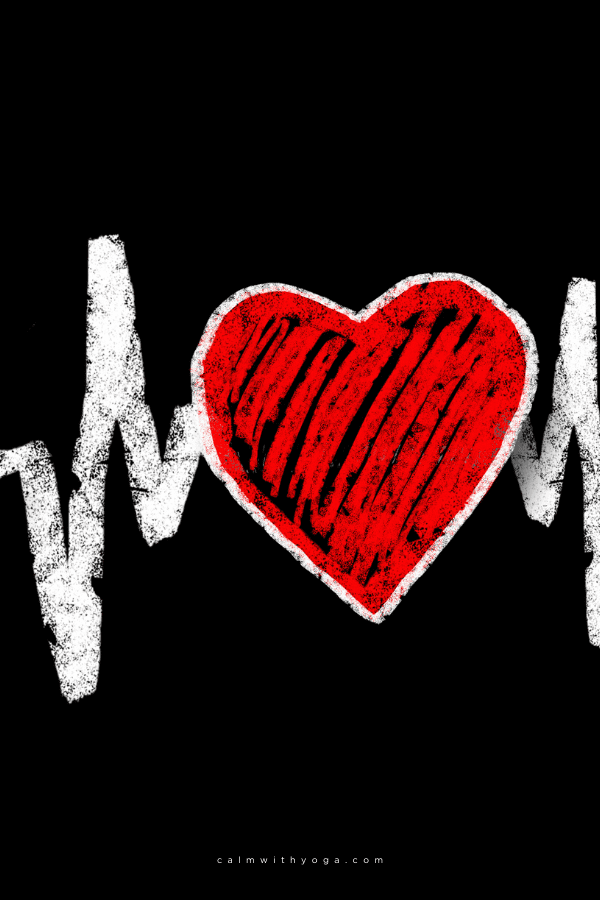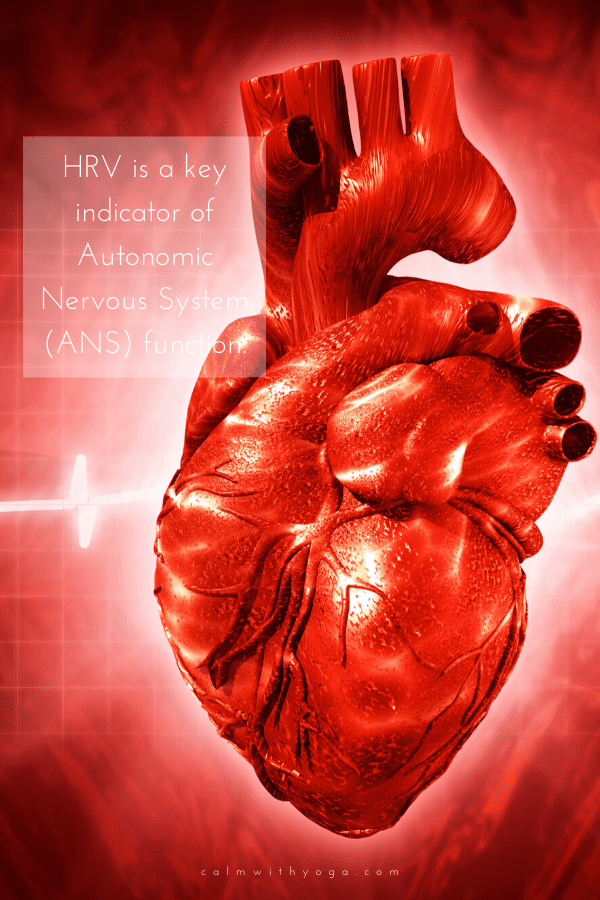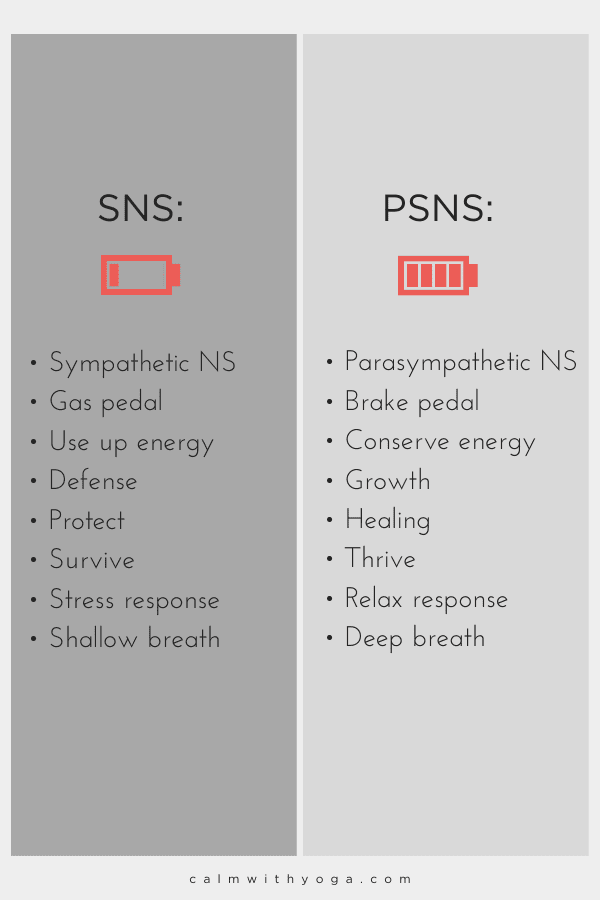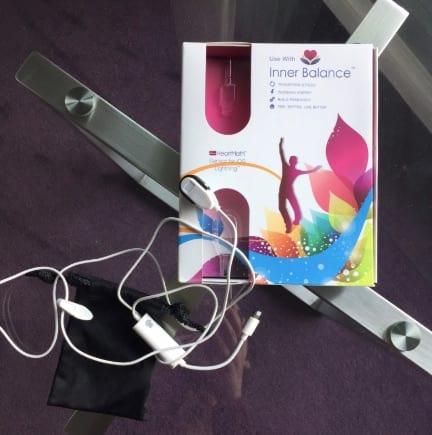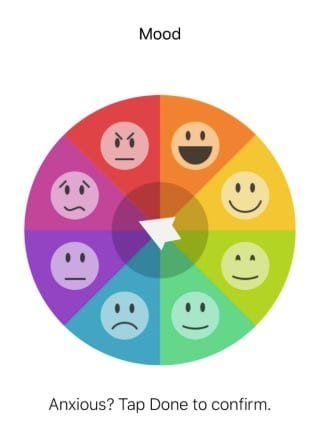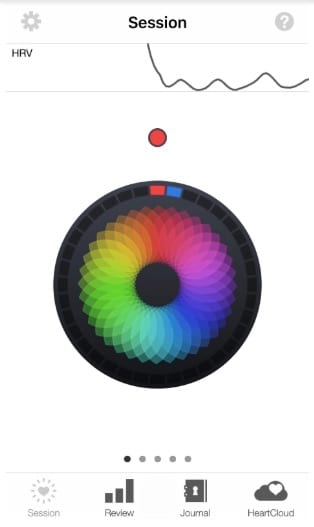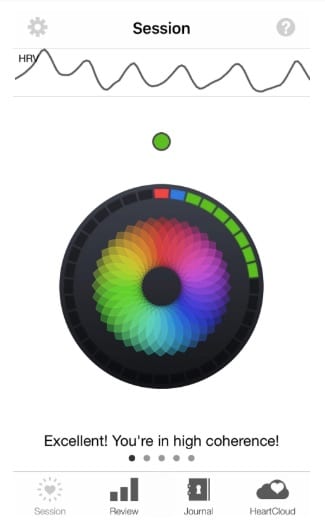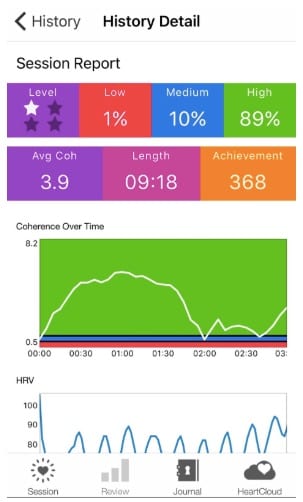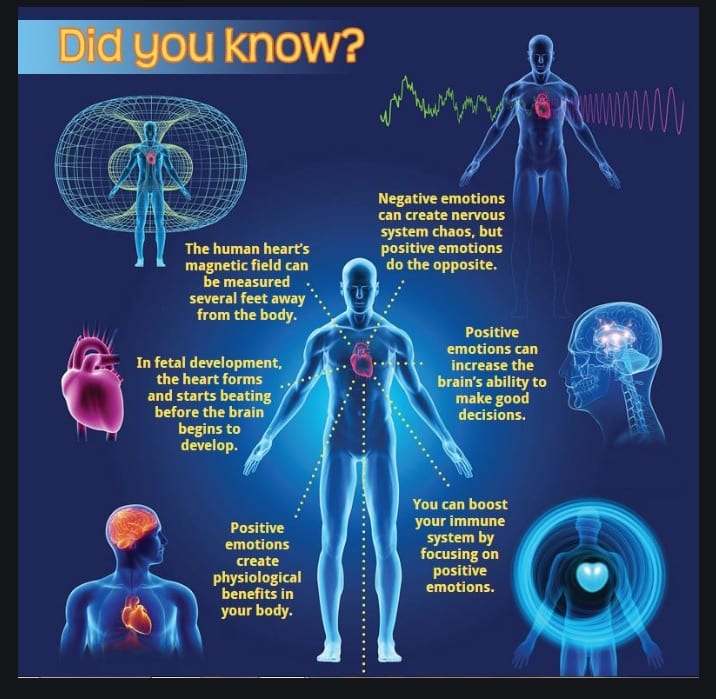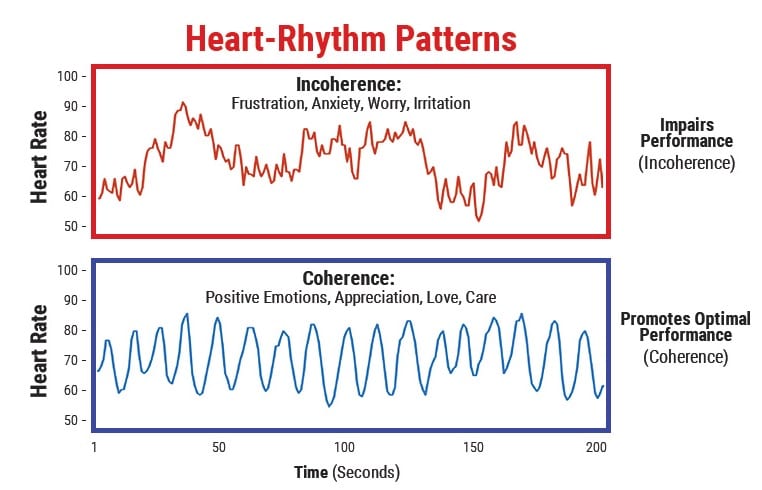– Mickey Hart If you’re seeking to improve your health and well-being you need to know about HRV (Heart Rate Variability). Research shows that healthy individuals with a high quality of life tend to have higher HRV.
A higher HRV is indicative of a healthy cardiovascular system (increased heart intelligence) and a high degree of stress resilience, which means you’re better able to manage emotional and mental stress.
A lower HRV is generally an indicator of a stressed and weakened body and mind. It’s also an indicator of reduced longevity (1) and a higher risk of detrimental conditions such as myocardial infarction, heart failure, and coronary heart disease. (2) (3)
Knowing how to increase your HRV is a life-enhancing act of self-care and self-love.
This is especially true if you live with chronic stress and anxiety or any other chronic health issue.
But What Exactly Is HRV??
HRV is the space between heartbeats or ‘beat-to-beat’ changes in heart rate. These interbeat intervals are measured in milliseconds. The time in between heartbeats (known as rr interval) varies naturally – it’s not stagnant or stationary. You can feel your HRV in action if you place your hand on your wrist to connect to your pulse. Take a few deep breaths. Inhale and exhale and notice your pulse. Notice that the interval between heartbeats gets longer as exhale. (Heart rate slows down.) Notice that when you inhale the intervals shorten, which means your heart rate increases. This process is called respiratory sinus arrhythmia. HRV isn’t just impacted by your breathing. Physical activity, hormonal health, neurological factors, metabolic processes, and stress levels also impact HRV. (4) Generally, a lower resting heart rate variability implies good heart function and health.
What Your HRV Say About Your Stress Levels & Well-being
Your HRV is closely tied to your nervous system. In fact, it’s one of the key indicators of autonomic nervous system (ANS) function. Your ANS is a primitive part of your nervous system that oversees your body’s most vital responses such as heart rate, breath rate, blood pressure, blood sugar metabolism, and digestive function. Your ANS also closely interacts with your endocrine (hormonal) system as well as your immune system. It’s comprised of two branches: The Sympathetic Nervous System (SNS) is like the gas pedal. It uses up your body’s stores of energy in order to activate the stress response (aka fight or flight response). The Parasympathetic Nervous System (PSNS) is like the brake pedal. It oversees the relaxation response of your body. This response is healing because instead of using energy it helps your body recharge and replenishes energy.
Your body is naturally wired to process short term stress on its own, but living in today’s world means this is not always realistic. Most of us experience chronic stressors on a daily basis and this can cause an imbalance of your autonomic function. We anxious folk tend to have an overactive SNS (stress response) and an underactive PSNS (relaxation response). This means we’ve got our foot predominantly on the gas pedal, so we continuously mobilize and use up energy stores without replenishing or pausing. This leads to burnout, lowered immune function, incoherence, and accelerated aging. (Premature wrinkles! Ah!) You can measure ANS function (autonomic regulation) with HRV. An overactive stress response increases heart rate which shortens the intervals in between heartbeats which lead to reduced HRV. If you’re in a relaxed and calm state then your heart rate slows down creating more space in between each interval. This leads to high HRV. A healthy ANS means you’re able to switch gears between SNS and PSNS with more ease and grace. This makes you more emotionally flexible and resilient. HRV is a key indicator of: (5)
ANS function/ health Psychological resilience Behavioral flexibility Capacity for self-regulation Effective adaptation of social/environmental changes
HRV Measurements & HRV Analysis
It used to be that the most common way to measure HRV was through an electrocardiogram (ECG recordings). Electrodes would be attached to your chest as each heartbeat was measured in real-time. Thanks to advances in innovation and technology it’s now much easier to gather your own HRV data yourself thanks to personal heart rate monitors and biofeedback and wearable devices such as the Institute of Heartmath’s InnerBalance app and sensor.
How Do You Raise Your HRV?
I’ve used the Institute of Heartmath’s Inner Balance app and sensor both personally and with my clients to maintain a high HRV and increase our personal coherence. Though not necessary, it’s both a mindfulness meditation tool and a biofeedback tool all in one. That’s why I recommend it if you want to balance out your nervous system and experience more well-being and inner calm.
The app comes with a sensor that gets clipped to your ear to detect your pulse. You are then prompted to choose the mood that best describes your current state out of 8 set emotions. (I find myself using the app mostly when I am either anxious or angry.)
You can then begin your session, in which the app will prompt you to breathe and follow a specific pace while it literally tracks your HRV for you second by second. You’re even able to see it change on your screen as you breathe and as you build coherence. The red light signifies you’re in an incoherent state (low HRV):
The green light signifies high coherence, and you’ll even receive a notification letting you know exactly when and how long you’re in high coherence so you can track your rate increasing:
Once your session is over, you’re able to see a detailed report with stats, graphs, and the like for all of you math nerds:
The app keeps a record of all your sessions so you can see your improvement and compare data. Like with any other skill, if you are willing to hone it, increasing personal coherence will require daily practice. It will require you to intentionally take moments out of your day to invest your time, mind, and energy on cultivating this as a true habit. The payoffs and benefits you stand to gain by learning to increase your coherence will far outweigh the momentary costs. Don’t be surprised if you viscerally feel a shift soon after beginning. Oh, and let me know how your anxiety responds to it too 😉
Other Ways To Increase HRV In Daily Life
The main idea to remember here is that HRV increases by activating the parasympathetic branches of your nervous system. This helps you take your foot off the as pedal and leave it on the brake pedal long enough to create some real healing and wholeness.
Here are 3 proven ways to activate your parasympathetic (relaxation) response:
1 – Deep belly breathing Deep intentional belly breathing with your lower abdomen is one of the fastest and easiest ways to awaken your parasympathetic nervous system. This is because of the vagus nerve, a major parasympathetic nerve that runs from the base of your head down your ear and throat and down to your abdominal and digestive organs. Every time you breathe with your belly you activate your diaphragm and your vagus nerve which acts as an automatic chill pill. Try the Balancing Breath Technique to help get you started. 2 – Gratitude Practice (Santosha) It turns out that a regular gratitude practice is powerful medicine and can even help to re-wire an anxious brain for the better. Maybe that’s why the yogic practice of contentment (Santosha) is one of the key practices on the true yogic path. The Institute of Heartmath has spent the last 20-something years researching how certain emotional states impact not only HRV but your overall heart intelligence and well-being. According to their research positive emotions and positive feelings such as gratitude, appreciation, contentment, and inspiration activate heart coherence and increase HRV. By the same token, negative emotions create a state of incoherence and lower HRV. Heartmath measured HRV while experiencing different emotional states and found that: “Distinct heart rhythm patterns characterize different emotional states… Sustained emotions such as appreciation, care, compassion, and love generate a smooth, sine-wave-like pattern in the heart’s rhythms. This reflects increased order in higher-level control systems in the brain, increased synchronization between the two branches of the ANS, and a general shift in autonomic balance towards an increased parasympathetic activity.” (5) The graphs below are illustrations of HMI HRV readings. The top red is during a moment of frustration. Notice the erratic, jagged pattern. The bottom blue was recorded during a moment of appreciation. Notice the more harmonious, sine-wave like pattern. 3 – Chanting Believe it or not, chanting and humming are a proven way to stimulate your vagus nerve and increase vagal tone. This means that it can help you increase HRV by activating your parasympathetic response. Remember that your vagus nerve runs from the base of your head down your ear and throat, down to your heart, and your digestive organs. According to Dr. Stephen Porges and his Polyvagal Theory, the vibrations from the vocalizations of chanting out loud or humming actually “wake up” your vagus nerve so it comes online. If you commit to doing any of these three things on a regular basis you will train your body to enter the ‘calm space’ that inevitably increases HRV and health and well-being. The more you do this the more your total power increases – mental power, emotional power, physical power, and even creative power. Just remember that controlling your breath, tapping into gratitude, and chanting/humming can be soothing and help each successive heartbeat slow down and create more space. Key HRV values and terms: You’re welcome to geek out on the following terms used to measure HRV activity, but you definitely don’t need to know them, especially if you’re using wearables and apps to help you calculate your HRV. R-R interval: the space in between heartbeats RMSSD: Root Mean Square of the Successive Differences is one of a few time-domain tools used to assess HRV NN Intervals: Normal-to-normal intervals. Another way of saying R-R Intervals SDNN: Standard deviation of NN intervals. Low Frequency: One of two common frequency domain HRV metrics. Frequency activity .15 – .40 Hz range. High Frequency: One of two common frequency domain HRV metrics. Frequency activity .04 – .15 Hz range. REFERENCES : (1) https://www.ncbi.nlm.nih.gov/pubmed/8044959 (2) https://www.ncbi.nlm.nih.gov/pubmed/19694345 (3) https://ahajournals.org/doi/abs/10.1161/01.cir.102.11.1239 (4) https://www.ncbi.nlm.nih.gov/pmc/articles/PMC5056628/ (5) https://www.heartmath.org/resources/downloads/science-of-the-heart/
